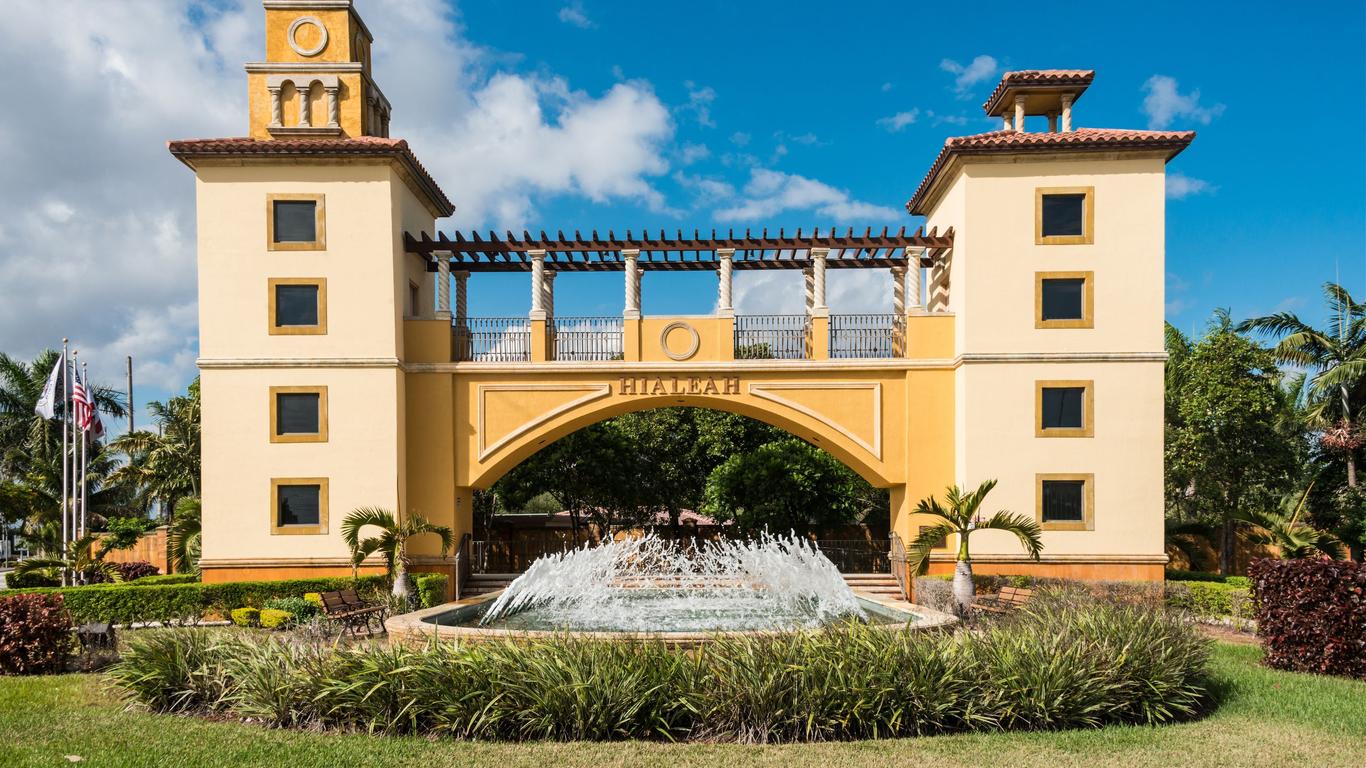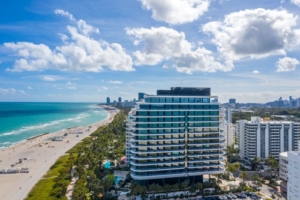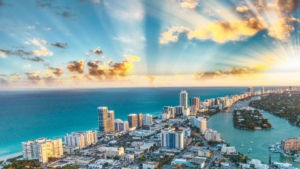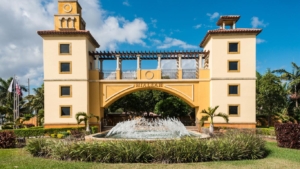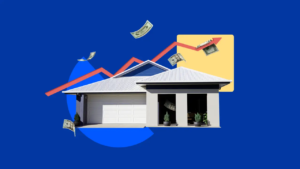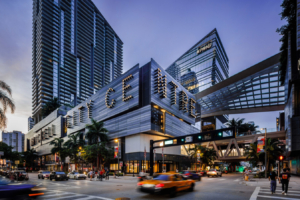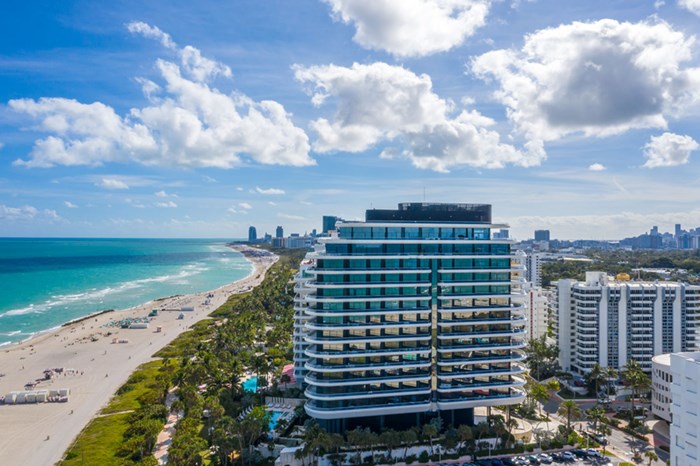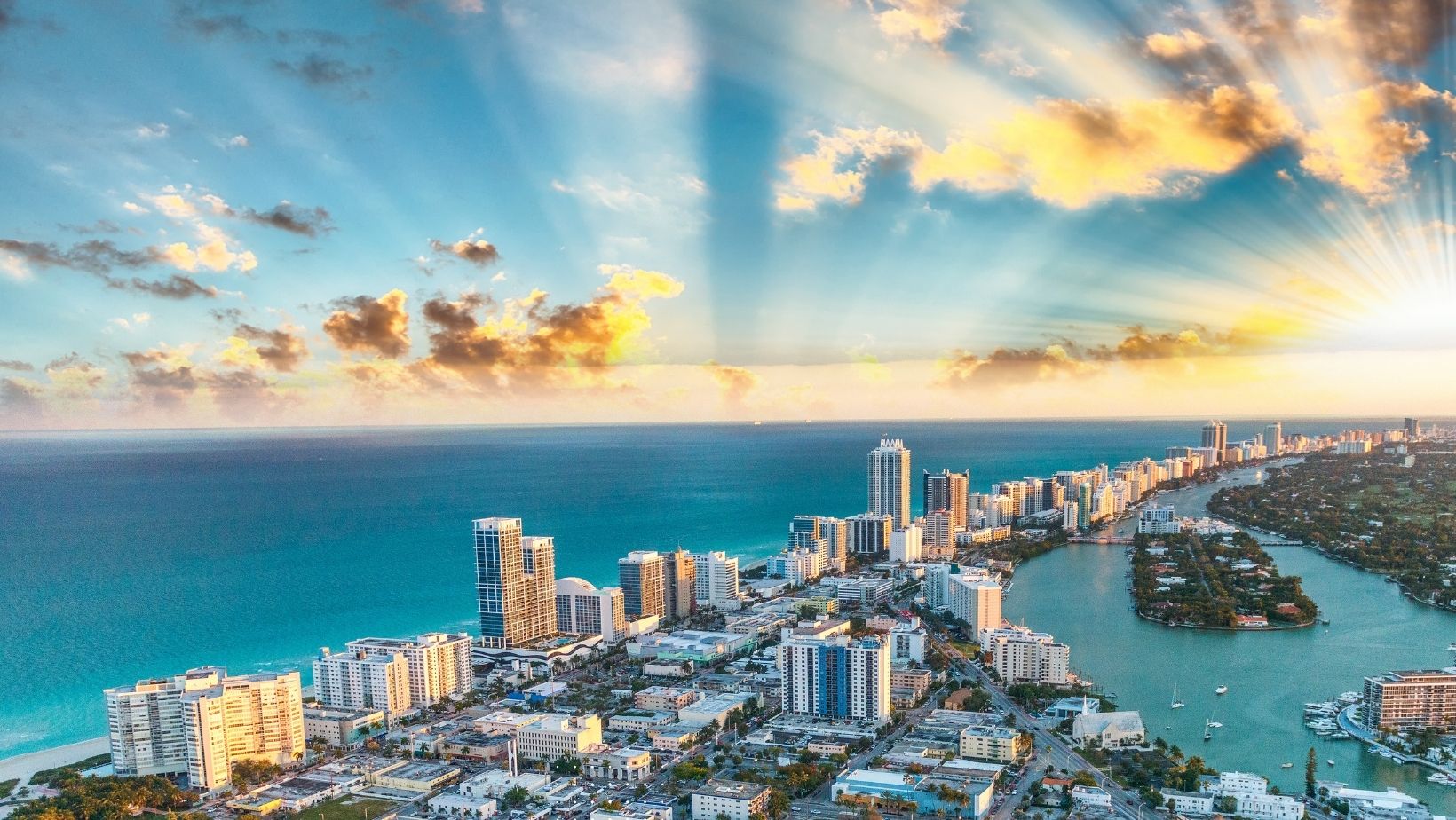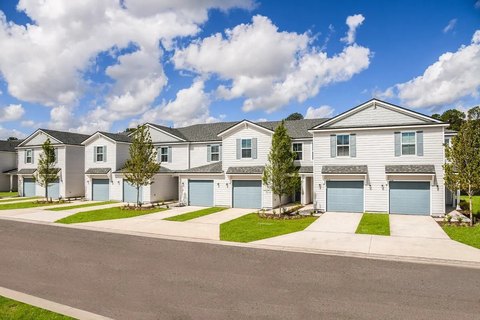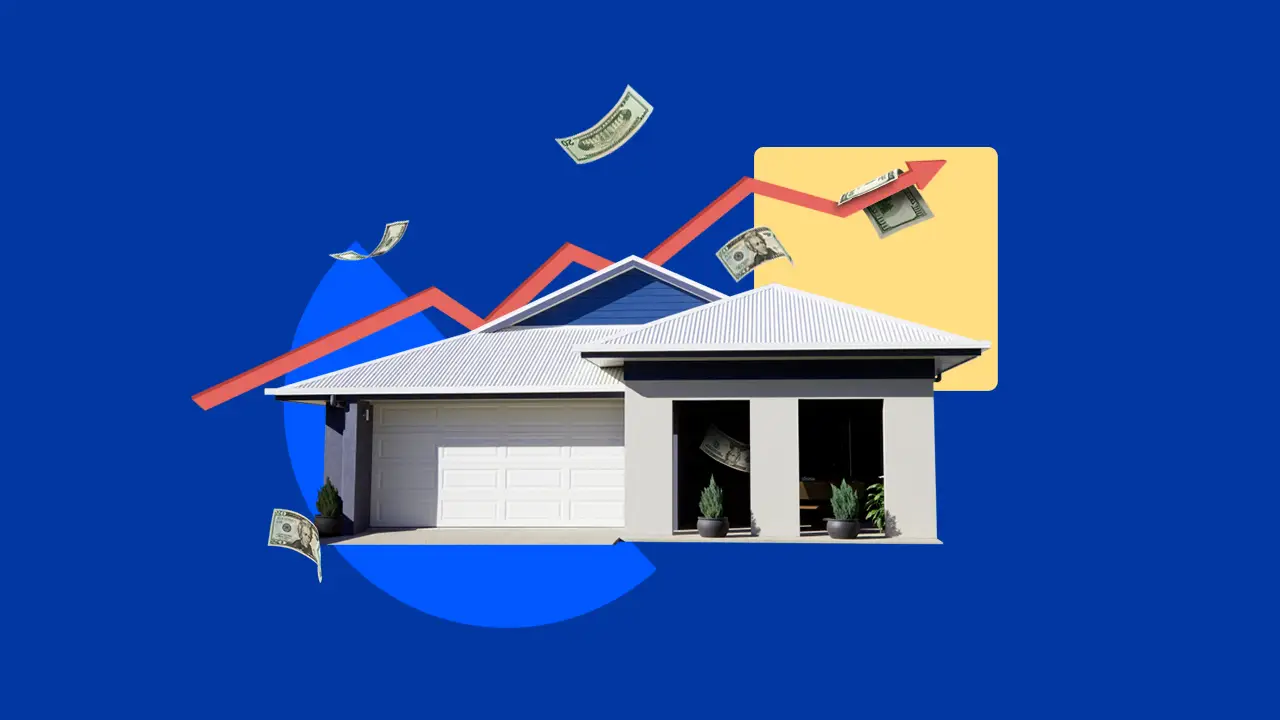Hialeah Embraces Bold Affordable Housing Strategy: Density Bonuses for Developers Who Serve Low-Income Residents
Hialeah's Innovative Approach to the Housing Crisis
In a pioneering move to address South Florida's persistent affordable housing shortage, Hialeah City Council has unanimously approved the first reading of a developer-incentive ordinance that could fundamentally reshape the city's housing landscape. The legislation, which is expected to receive final approval, creates a framework that rewards developers with significant density bonuses—up to an additional 25 units per acre—when they designate 15 percent of a project's apartments for low-income residents.
Unlike broader state initiatives, Hialeah's approach specifically targets residents earning up to 60 percent of Miami-Dade County's area median income (AMI), currently $79,400. This targeted approach ensures that new developments will genuinely serve the city's predominantly blue-collar population, addressing a critical gap in existing housing policy.
"This ordinance represents a tailored solution for Hialeah's unique demographic needs," noted housing policy analyst Maria Gonzalez. "By focusing on the 60 percent AMI threshold rather than the higher 120 percent allowed under Florida's Live Local Act, Hialeah is ensuring that new housing developments will actually benefit their most vulnerable residents."
Developer-Driven Solutions with Tangible Benefits
The ordinance emerged from a specialized affordable housing task force comprised primarily of experienced developers, including prominent industry figures David Martin of Terra, Alberto Milo from Related Urban, and Alex Ruiz of Prestige Builders. This collaborative approach between city officials and development experts has yielded pragmatic incentives that make affordable housing economically viable for builders.
Under the new framework, qualifying developments can increase their density from the current 70 units per acre to a substantial 100 units per acre—a 43% increase that significantly enhances project economics. Additionally, developers will receive parking requirement reductions for each affordable unit, addressing another major cost driver in urban housing development.
Councilman Jesus Tundidor, who spearheaded the legislation, emphasized the practical nature of the ordinance at Wednesday's council meeting: "Although well intentioned, it shouldn't be one size fits all. We wanted to find the sweet spot. This ordinance is a great step forward."
The council's reception was overwhelmingly positive, with Councilman Luis Rodriguez describing it as "a win-win situation. When you have more apartments, you have more affordability."
Creating Financial Flexibility Through an Innovative Trust Fund
Perhaps most innovative is the ordinance's creation of an affordable housing trust fund, which provides developers with flexibility while still ensuring community benefits. Developers seeking the density bonuses but unable or unwilling to incorporate affordable units can instead contribute $30,000 per required affordable unit to the trust fund.
This mechanism ensures that even luxury developments can contribute to Hialeah's affordable housing ecosystem, with funds directed toward other affordable housing initiatives throughout the city. Urban economists estimate that a single 200-unit development opting for this alternative could generate nearly $900,000 for affordable housing programs.
"The trust fund component creates a sustainable funding mechanism for affordable housing that doesn't rely solely on government subsidies," explained urban planning consultant Jorge Ramirez. "It's an approach that recognizes market realities while still prioritizing community needs."
Beyond the Live Local Act: Tailoring Solutions for Local Demographics
Hialeah's ordinance represents a significant departure from Florida's Live Local Act, which Councilman Tundidor described as ineffective for Hialeah's specific population. While the state legislation allows developers to set aside units for residents earning up to 120 percent of the county's AMI, Hialeah's median household income of approximately $41,000 means many residents would still be priced out of these supposedly "affordable" units.
By focusing specifically on the 60 percent AMI threshold, Hialeah's approach ensures that new development will create truly affordable options for the city's working families. For a family of four, this means housing designated for households earning roughly $47,640 annually.
Housing advocates have praised this targeted approach. "Hialeah is demonstrating that effective affordable housing policy must be calibrated to local economic realities," said Affordable Housing Coalition spokesperson Elena Suarez. "This ordinance recognizes that state-level solutions often miss the mark in communities with unique demographic challenges."
The Economic Ripple Effect of Housing Innovation
Economic analysis suggests that Hialeah's ordinance could stimulate significant development activity beyond just affordable housing. By increasing allowable density throughout qualifying projects, the ordinance effectively lowers the land cost per unit for developers, improving overall project feasibility in a market challenged by rising construction costs and interest rates.
Local economists project that the density bonus could trigger development of several thousand new units over the next five years, helping to address the critical housing shortage affecting Miami-Dade County. Furthermore, the increased residential density supports retail and commercial development, potentially creating new employment centers within Hialeah.
Insights: Understanding Hialeah's Affordable Housing Approach
How does Hialeah's approach differ from Florida's Live Local Act?
Hialeah's ordinance targets residents earning up to 60% of AMI ($47,640 for a family of four), while the Live Local Act allows developers to set aside units for residents earning up to 120% of AMI. This makes Hialeah's approach more accessible to truly low-income residents in a city where the median household income is approximately $41,000.
Will this ordinance actually result in affordable housing being built?
Economic analysis suggests yes. By increasing allowable density from 70 to 100 units per acre—a 43% increase—and reducing parking requirements, the ordinance significantly improves project economics for developers. The flexibility offered through either direct provision of affordable units or trust fund contributions ensures multiple paths to compliance.
How much could the affordable housing trust fund generate?
If a 200-unit development opted to contribute to the trust fund rather than provide affordable units directly, it would generate approximately $900,000 (assuming 15% of 200 units = 30 affordable units × $30,000 per unit). This creates substantial funding for affordable housing initiatives throughout Hialeah.
What happens next for this ordinance?
Having passed unanimously on first reading, the ordinance will likely receive final approval at an upcoming city council meeting. Once enacted, developers will be able to submit projects under the new incentive structure immediately, potentially accelerating housing development throughout Hialeah.
Can other cities adopt Hialeah's approach?
Yes, Hialeah's model could serve as a template for other municipalities, particularly those with similar demographic profiles where statewide affordable housing thresholds may be too high to benefit local residents. The key innovation is tailoring AMI thresholds to local economic realities rather than regional averages.

